- Home
- Japan Private Tours
- Kanazawa Private Tours
Discover the Best of Kanazawa & Noto Travel: Top Things to Do & Your Ideal Itinerary
If you’re looking to experience a unique blend of traditional culture and breathtaking natural scenery in Japan, Kanazawa and the Noto Peninsula should be at the top of your list. From the historic samurai districts and beautiful Kenrokuen Garden in Kanazawa to the rugged coastline and charming fishing villages of Noto, this region offers a diverse range of attractions. Whether you’re a history buff, a nature lover, or a foodie eager to try local specialties, this travel guide will help you discover the top things to do and create the perfect itinerary for your trip. Get ready to explore some of Japan’s best-kept secrets in Ishikawa Prefecture!
Private Kanazawa & Noto
Discover Kanazawa & Noto Your Way: Private Tours & Personalized Sightseeing Experiences
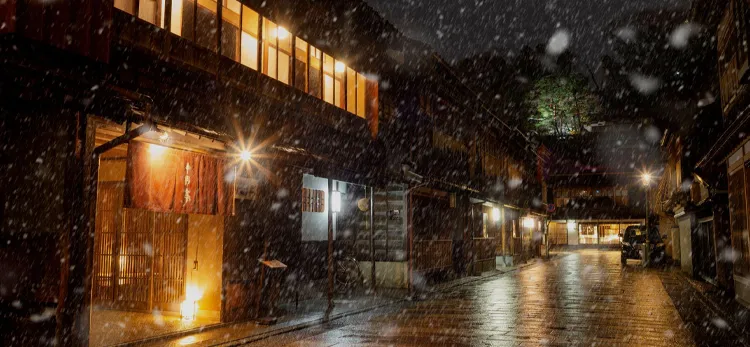
Kanazawa Private Tour (8 hours)
Kenrokuen Garden, Kanazawa Castle, Oumicho Market, Higashi Chaya Machi, Nagamachi Samurai District
Why Visit Kanazawa & Noto?
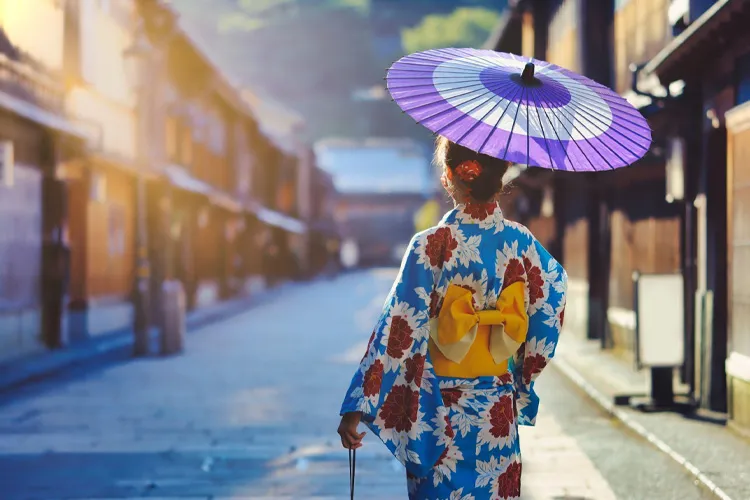
Welcome to Kanazawa & Noto, a captivating region on Japan's Hokuriku coast, where samurai heritage, traditional arts, and dramatic natural beauty converge. Imagine strolling through a meticulously preserved samurai district, admiring one of Japan's most beautiful gardens, and then venturing to a rugged peninsula dotted with picturesque rice terraces and remote fishing villages. This isn't just a trip; it's a journey into Japan's rich cultural past and its wild, untamed coastal landscapes.
- Cultural Preservation & Artistry: Explore Kanazawa, a city that beautifully preserves its Edo-period history, traditional crafts, and vibrant art scene.
- Dramatic Coastal Scenery: Discover the Noto Peninsula, offering stunning, rugged coastlines, unique rice terraces, and a sense of unspoiled nature.
- Culinary Excellence: Indulge in exquisite fresh seafood and local delicacies, reflecting the region's strong connection to the sea.
Quick Guide to Kanazawa & Noto
Ready to plan your Hokuriku adventure? Here’s what you need to know to get started.
Location & Access
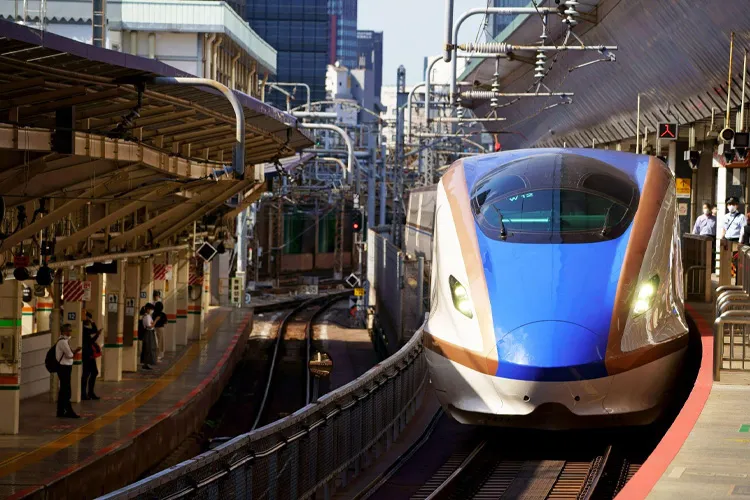
Kanazawa is the capital of Ishikawa Prefecture, located on the Sea of Japan coast. The Noto Peninsula extends northward from Kanazawa.
- From Tokyo to Kanazawa:
- By Hokuriku Shinkansen: The fastest and most convenient option. Direct from Tokyo Station or Ueno Station to Kanazawa Station (approx. 2.5 - 3 hours). (Covered by Japan Rail Pass)
- From Osaka/Kyoto to Kanazawa:
- By JR Limited Express Thunderbird: Direct from Shin-Osaka Station or Kyoto Station to Kanazawa Station (approx. 2.5 - 3 hours). (Covered by Japan Rail Pass)
- From Kanazawa to Noto Peninsula:
- By Local Train: JR Nanao Line from Kanazawa to Nanao, then Noto Railway to Wajima (requires transfers, takes time).
- By Express Bus: Convenient express buses connect Kanazawa Station directly to major Noto towns like Wajima, Anamizu, or Suzu (approx. 2 - 3 hours to Wajima).
- By Rental Car: Highly recommended for exploring the Noto Peninsula's scattered attractions at your own pace.
Climate & Seasons
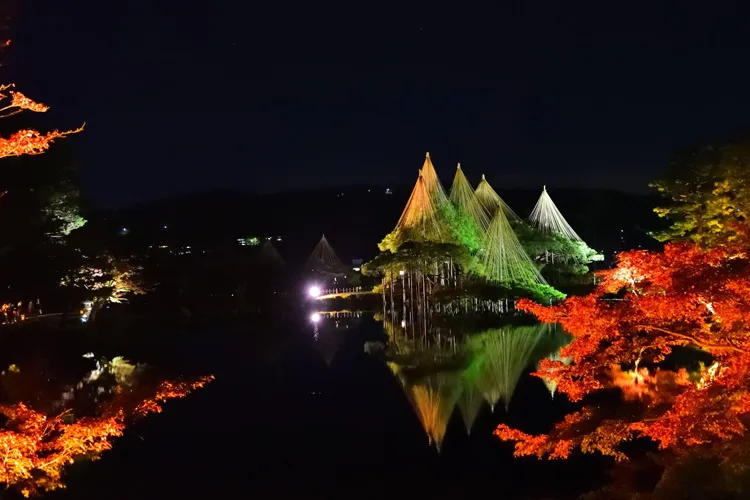
Kanazawa and Noto experience four distinct and beautiful seasons, each offering a different charm. The region is known for its heavy winter snowfall, especially inland.
- Spring (March - May): Mild and pleasant (average 10-20°C/50-68°F), with cherry blossoms blooming around early to mid-April in Kanazawa. Ideal for comfortable sightseeing. A light jacket is recommended.
- Summer (June - August): Warm and humid (average 25-30°C/77-86°F), with the Noto coast perfect for exploring beaches and outdoor activities. Light clothing and sun protection are essential.
- Autumn (September - November): Crisp and comfortable (average 15-25°C/59-77°F), with vibrant autumn foliage in gardens and mountains, particularly in November. Layers are recommended.
- Winter (December - February): Cold with significant snowfall, especially in Kanazawa and inland Noto (average 0-5°C/32-41°F). The snow transforms the landscape into a picturesque, serene wonderland, with Kenrokuen Garden's yukitsuri (snow ropes) being iconic. Warm winter clothing, including waterproof outerwear, is essential.
When is the best time to visit? Autumn is highly recommended for its breathtaking fall colors. Winter offers a unique and beautiful snow-covered experience. Spring provides cherry blossoms and comfortable weather.
Explore Kanazawa's & Noto's Iconic Areas
Discover the distinct character of Kanazawa's rich history and Noto's wild beauty.
Kanazawa
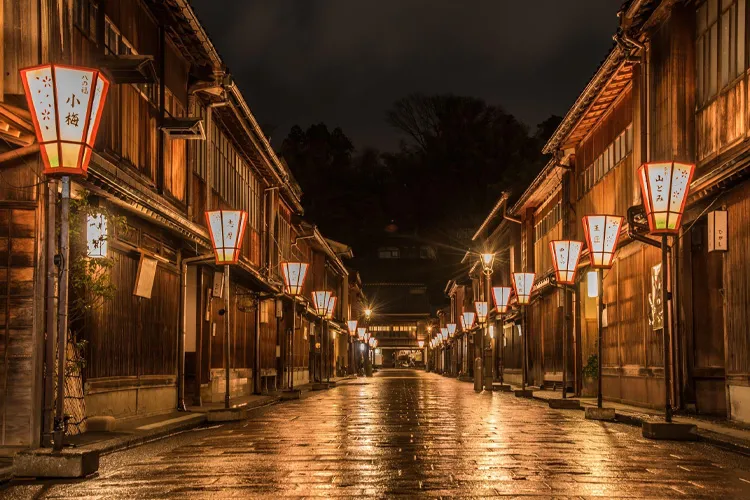
- Kenrokuen Garden: Widely regarded as one of Japan's "Three Great Gardens," it's a masterpiece of landscape design, stunning in every season. Famous for its Kotojitoro lantern and yukitsuri in winter.
- Kanazawa Castle Park: The former seat of the powerful Maeda Clan. Explore its impressive stonewalls, reconstructed gates, and the beautiful Hishi Yagura, Gojukken Nagaya, and Hashizume-mon Tsuzuki Yagura turrets.
- Higashi Chaya District: A beautifully preserved historical geisha district with traditional wooden teahouses. Stroll through its narrow lanes and visit some of the open teahouses.
- Nagamachi Samurai District: Wander through atmospheric streets lined with well-preserved samurai residences, earth-walled lanes, and canals. Some houses are open to the public.
- 21st Century Museum of Contemporary Art, Kanazawa: A popular modern art museum known for its unique circular design and interactive exhibits, including Leandro Erlich's "The Swimming Pool."
- Omicho Market: Known as "Kanazawa's Kitchen," this bustling market is famous for its fresh seafood, local produce, and lively atmosphere.
Noto Peninsula
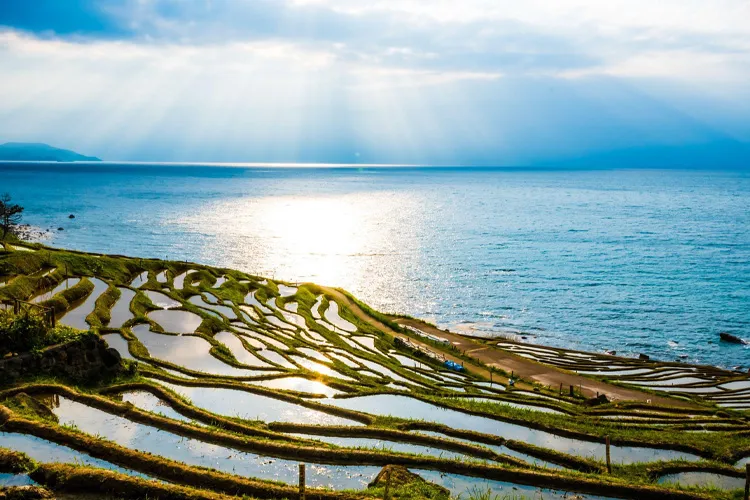
- Shiroyone Senmaida: A breathtaking sight of thousands of small rice paddies cascading down a hillside to the Sea of Japan.
Particularly beautiful at sunset and illuminated in winter. - Wajima Morning Market: One of Japan's three major morning markets, operating for over 1000 years. Famous for fresh seafood, local produce, and the renowned Wajima-nuri lacquerware.
- Noto Kongo Coast: A dramatic stretch of coastline featuring unique rock formations like Ganmon Rock (a natural arch) and rugged cliffs, shaped by the powerful Sea of Japan.
- Kiriko Art Museum: Showcases the enormous, elaborate lantern floats used in Noto's vibrant Kiriko Festivals.
- Okunoto International Arts Festival: (Held triennially) Showcases contemporary art installations dotted across the remote northern Noto area.
Find Your Perfect Kanazawa's & Noto Trip
Kanazawa and Noto offer diverse experiences to suit every interest.
For Culture & Art Lovers
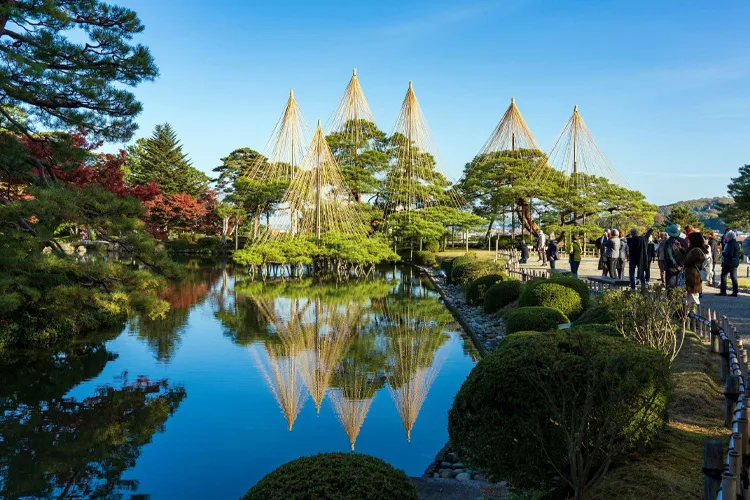
Immerse yourself in Kanazawa's vibrant arts and deep cultural heritage:
- Kenrokuen Garden: Spend hours exploring this classical Japanese garden, appreciating its intricate design and seasonal beauty.
- Traditional Crafts: Discover Kanazawa's famous gold leaf products, Kaga Yuzen silk dyeing, and Kutani-yaki ceramics. Many workshops offer hands-on experiences.
- Geisha Districts: Stroll through Higashi Chaya, Nishi Chaya, and Kazuemachi, soaking in the atmosphere of these preserved districts.
- Modern Art: Explore the unique architecture and diverse collection at the 21st Century Museum of Contemporary Art.
- Samurai History: Walk the historic lanes of the Nagamachi Samurai District and visit former samurai residences.
For Food Lovers
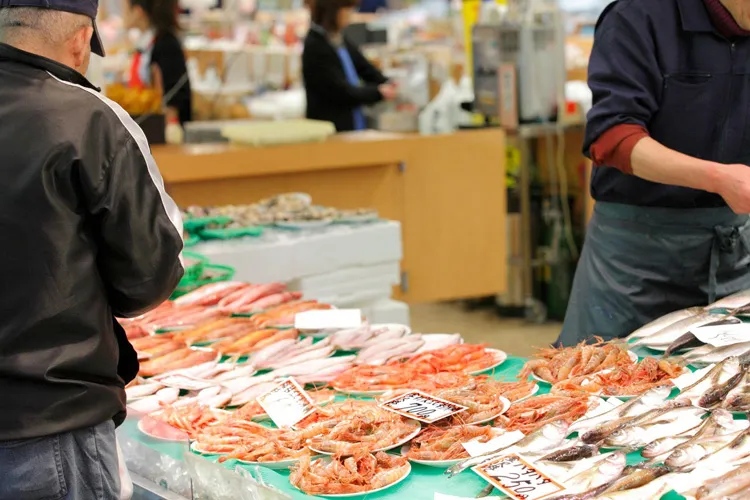
Savor the fresh bounty of the Sea of Japan and regional delicacies:
- Fresh Seafood: Kanazawa's Omicho Market is a must-visit for sashimi, sushi, and seafood bowls (kaisendon). Noto also offers incredibly fresh catches.
- Kanazawa Sushi: Enjoy high-quality sushi made with local, seasonal fish.
- Nodoguro (Blackthroat Seaperch): A prized local fish, often served grilled or as sashimi.
- Local Sake: Ishikawa Prefecture is renowned for its sake brewing. Visit local breweries or enjoy sake pairings with your meals.
- Wajima Morning Market: Taste local snacks and purchase fresh seafood directly from vendors.
- Noto Beef: Try the high-quality wagyu beef from the Noto Peninsula.
For Nature Lovers & Scenic Beauty
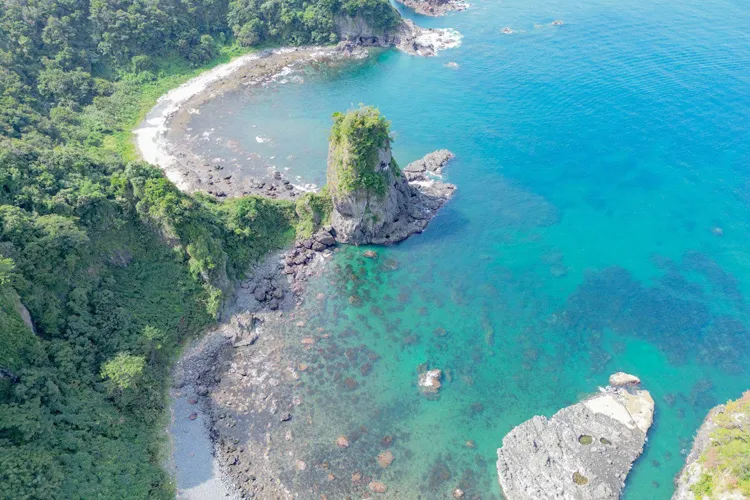
Capture breathtaking moments amidst diverse natural landscapes:
- Shiroyone Senmaida (Noto): Witness the iconic terraced rice fields, especially beautiful at sunset or illuminated in winter.
- Noto Kongo Coast: Drive or hike along this rugged coastline, admiring dramatic rock formations and sea caves.
- Senjogahara Marshlands (Noto): A beautiful, undeveloped marshland offering tranquil nature walks.
- Kenrokuen Garden (Kanazawa): A masterpiece of landscape design, showcasing seasonal beauty with iconic features like the Kotojitoro lantern.
- Winter Scenery: Experience the unique beauty of Kanazawa and Noto under a blanket of snow, with Kenrokuen's "yukitsuri" (snow ropes) as a highlight.
For Relaxation
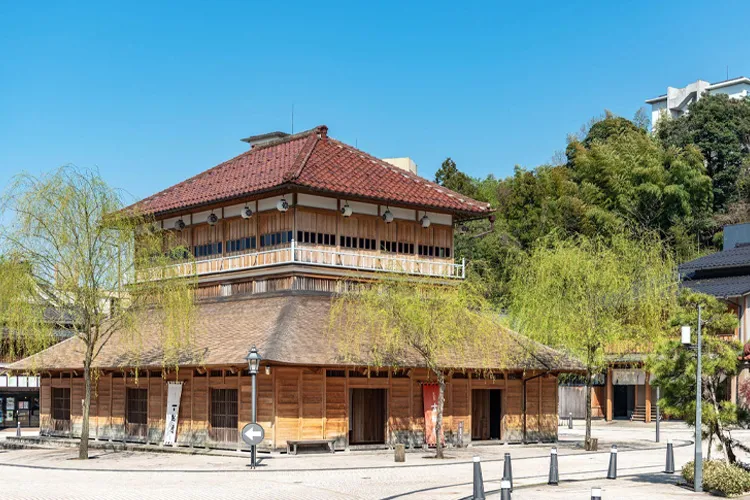
Unwind and rejuvenate in the region's soothing hot springs:
- Kaga Onsen Area (near Kanazawa): A cluster of hot spring towns (Awazu, Yamashiro, Yamanaka, Katayamazu) offering traditional ryokans and various types of therapeutic waters. Perfect for a relaxing stay after exploring Kanazawa.
- Noto Peninsula Onsen: Smaller, more secluded onsen dotted along the coast, offering tranquil escapes with ocean views.
Onsen Etiquette Tip: Remember to thoroughly wash your body before entering the communal baths. Tattoos are sometimes restricted; check with the facility beforehand or look for private baths if available.
Sample Itineraries
Need some inspiration? Here are a few suggested itineraries to help you plan your perfect Kanazawa & Noto adventure.
Example 1: Kanazawa Cultural Immersion
Ideal for first-timers focusing on Kanazawa's highlights
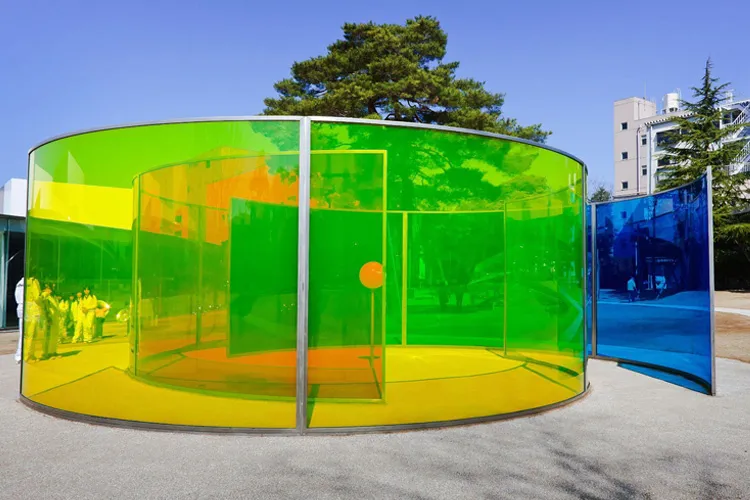
- Day 1: Arrive at Kanazawa Station via Shinkansen. Check into a hotel. Explore Kenrokuen Garden and Kanazawa Castle Park. Evening: Dinner in Omicho Market or a local restaurant. Overnight in Kanazawa.
- Day 2: Morning: Visit Higashi Chaya District and perhaps enjoy a tea ceremony. Afternoon: Explore Nagamachi Samurai District and the 21st Century Museum of Contemporary Art. Evening: Enjoy Kanazawa's nightlife or traditional entertainment. Overnight in Kanazawa.
- Day 3: Morning: Last minute souvenir shopping at Omicho Market or visit a local craft workshop (e.g., gold leaf). Afternoon: Depart from Kanazawa.
Example 2: Kanazawa & Noto Coastal Discovery
For a blend of city culture and rugged nature
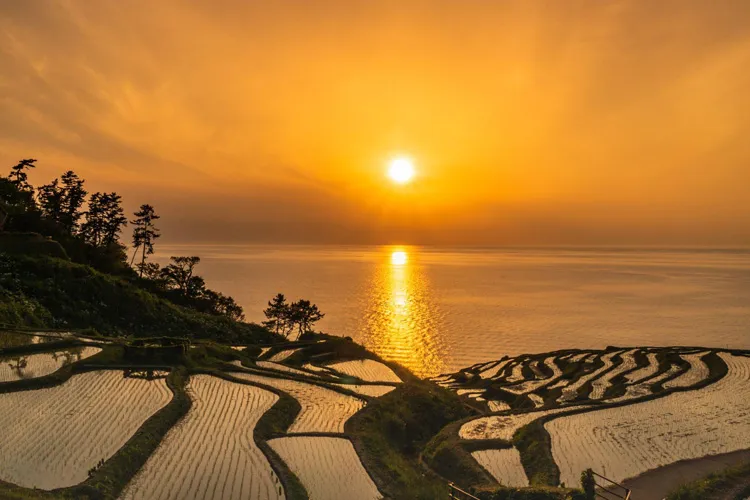
- Day 1-2: Follow "Kanazawa Cultural Immersion" for Day 1 & 2.
- Day 3 (Noto Peninsula): Morning: Travel from Kanazawa to the Noto Peninsula (e.g., by express bus or rental car pickup). Visit Shiroyone Senmaida and Wajima Morning Market. Explore the Noto Kongo Coast (Ganmon Rock). Overnight in Wajima or a coastal onsen town.
- Day 4: Morning: Explore more of Noto (e.g., Kiriko Art Museum, scenic drive). Afternoon: Return to Kanazawa (and onward to Tokyo/Osaka).
Example 3: Winter Wonderland & Onsen Retreat
Experience the unique beauty of winter Hokuriku
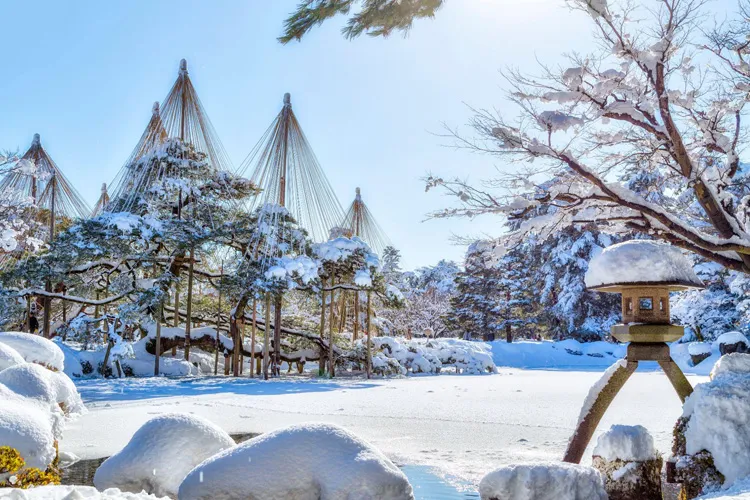
- Day 1: Arrive Kanazawa. Explore snow-covered Kenrokuen Garden (with yukitsuri) and Kanazawa Castle. Enjoy local winter delicacies. Overnight in Kanazawa.
- Day 2: Morning: Visit the 21st Century Museum (indoors!) or a traditional craft workshop. Afternoon: Travel to a Kaga Onsen town (e.g., Yamashiro Onsen). Check into a ryokan and enjoy a relaxing outdoor onsen in the snow. Overnight in Kaga Onsen.
- Day 3: Morning: Explore your Kaga Onsen town or visit a nearby traditional craft village. Afternoon: Travel to the Noto Peninsula to see the illuminated Shiroyone Senmaida (seasonal event). Overnight in Noto.
- Day 4: Morning: Enjoy a final coastal view or visit Wajima Morning Market. Afternoon: Return to Kanazawa (and onward).
Essential Travel Tips
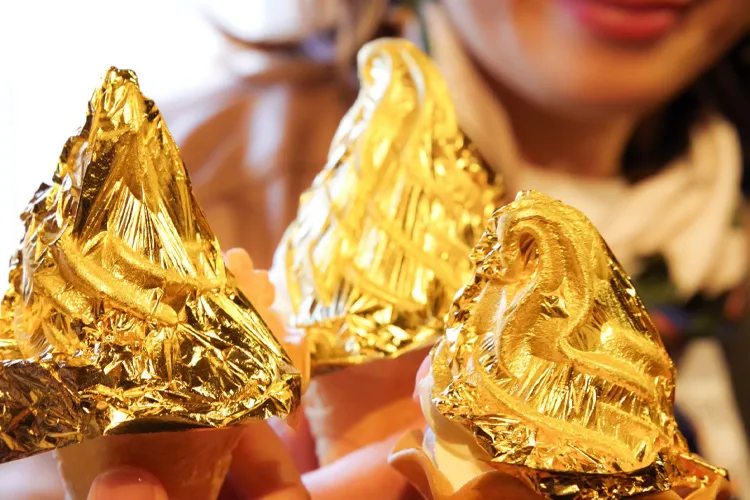
Make your trip to Kanazawa and Noto smooth and enjoyable with these practical tips.
Transportation
- Hokuriku Arch Pass: Consider this pass if traveling from Tokyo to Kanazawa and then onwards to Osaka/Kyoto, as it covers the Shinkansen and Limited Express trains.
- Local Buses: Convenient for getting around Kanazawa city.
- Rental Car: Highly recommended for exploring the Noto Peninsula due to scattered attractions and less frequent public transport. Book in advance, especially during peak seasons.
- Noto Railway: A charming local train line that serves parts of the Noto Peninsula.
Accommodation
Both Kanazawa and Noto offer a range of accommodation:
- Kanazawa: Many hotels from luxury to business hotels around Kanazawa Station and Korinbo areas.
- Noto: Primarily traditional ryokan, often with onsen, guesthouses, and smaller inns, especially in towns like Wajima or along the coast.
Connectivity
- Free Wi-Fi: Available at major stations, some hotels, and tourist information centers.
- SIM Cards & Pocket Wi-Fi: Recommended for consistent internet access, especially in more rural areas of Noto.
Other Useful Information
- Comfortable Shoes: Essential for exploring gardens, historical districts, and coastal paths.
- Layered Clothing: Crucial due to varying temperatures and wind, especially near the coast and between seasons. Pack extra warm clothing for winter.
- Cash is Useful: While cards are accepted in larger establishments, having some cash is useful for smaller shops, market stalls, and local eateries, particularly in Noto.
- Check Noto Access: Be aware that some parts of the Noto Peninsula were significantly affected by the Noto Peninsula Earthquake on January 1, 2024. While efforts are underway for recovery and tourism to many areas continues, it's wise to check the latest local accessibility and facility status before traveling, especially for specific roads or smaller attractions.
Kanazawa & Noto Travel FAQ
- What is the best season to visit Kenrokuen Garden in Kanazawa?
- Kenrokuen Garden is beautiful in every season, each offering its own charm:
- Spring (late March to early April): Cherry blossoms bloom, creating a classic Japanese hanami (flower viewing) scene.
- Summer (June to August): Lush greenery and moss provide a refreshing atmosphere.
- Autumn (mid to late November): The garden is covered in stunning fall colors.
- Winter (December to February): Snow-covered landscapes and traditional yukitsuri (snow protection ropes on trees) create a magical view.
- Is the 21st Century Museum of Contemporary Art free to enter? Do I need a reservation?
- The museum has both free areas and ticketed exhibitions.
- Free zones include public spaces and some permanent installations (like viewing the Swimming Pool from above), which you can visit without reservation.
- Ticketed areas (special exhibitions) require an admission fee and may need online reservations, especially during peak times.
- Are there any impacts from the Noto Peninsula earthquake? Is it safe to travel there?
- The impact of the 2024 earthquake varies by area, but many tourist attractions and accommodations have reopened. Please note:
- Some roads and public transportation may still be under repair.
- It's best to check with local tourism websites or hotels for the latest updates.
- Being respectful of the local communities during your visit is appreciated.
- I don’t understand how conveyor belt sushi works. How do I order?
- Conveyor belt sushi (kaiten-zushi) is a casual and fun way to enjoy sushi. Here's how it works:
- Take sushi plates from the belt as they pass by—no need to ask.
- You can also order directly using a touchscreen (often available in English) or by asking staff.
- Pricing is based on plate color or design. At the end, a staff member calculates your total bill by counting the plates.
- Can I speak English at morning markets or food stalls? Is it considered rude?
- Yes, it’s perfectly fine to speak English. In popular areas like Kanazawa and Noto, locals are used to foreign tourists.
- Not everyone speaks fluent English, but gestures, pictures, and translation apps work well.
- Using a few simple Japanese words like “Hello” (Konnichiwa) or “Thank you” (Arigatou) goes a long way and is greatly appreciated.
- Smiling, pointing politely, or showing cash when unsure is completely acceptable and not considered rude.

